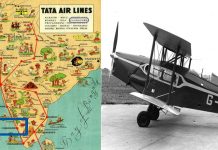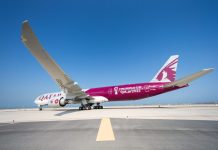Aircraft spotting or plane spotting : Videos..!!
Aircraft spotting or plane spotting is a hobby of tracking the movement of aircraft, which is often accomplished by photography. Besides monitoring aircraft, aircraft spotting enthusiasts (whom are usually called plane spotters) also record informations of airports, air traffic control communications and airline routes.
Morning traffic at Mumbai Airport
Landing and Take Off ; Karippur Airport, Kerala
Fighter Pilot, Late Turn , Late Landing!!
The reason for this title was the landing style, the captain lands the plane like a fighter plane!!
When spotting aircraft, observers generally notice the key attributes of an aircraft, such as a distinctive noise from its engine or the number of vapour trails it is leaving. Observers assess the size of the aircraft and the number, type and position of its engines. Another distinctive attribute is the position of wings relative to the fuselage and the degree to which they are swept rearwards. The wings may be above the fuselage, below it, or fixed at midpoint. The number of wings indicate whether it is a monoplane, biplane or triplane. The position of the tailplane relative to the fin(s) and the shape of the fin are other attributes. The configuration of the landing gear can be distinctive, as well.


Other features include the speed, cockpit placement, colour scheme or special equipment that changes the silhouette of the aircraft. Taken together these traits will enable the identification of an aircraft. If the observer is familiar with the airfield being used by the aircraft and its normal traffic patterns, he or she is more likely to leap quickly to a decision about the aircraft’s identity – they may have seen the same type of aircraft from the same angle many times. This is particularly prevalent if the aircraft spotter is spotting commercial aircraft, operated by airlines that have a limited fleet
Some spotters will note and compile the markings, a national insignia or airline livery or logo, a squadron badge or code letters in the case of a military aircraft. Published manuals allow more information to be deduced, such as the delivery date or the manufacturer’s construction number. Camouflage markings differ, depending on the surroundings in which that aircraft is expected to operate.
In general, most spotters attempt to see as many aircraft of a given type, a particular airline, or a particular subset of aircraft such as business jets, commercial airliners, military and/or general aviation aircraft. Some spotters attempt to see every airframe and are known as “frame spotters.” Others are keen to see every registration worn by each aircraft.
Ancillary activities might include listening-in to air traffic control transmissions (using radio scanners, where that is legal), liaising with other “spotters” to clear up uncertainties as to what aircraft have been seen at specific times or in particular places. Several internet mailing listgroups have been formed to help communicate aircraft seen at airports, queries and anomalies. These groups can cater to certain regions, certain aircraft types, or may appeal to a wider audience. Many of these groups originated from the original Oxford.vax group which pioneered this type of communication. The result is that information on aircraft movements can be delivered worldwide in a real-time fashion to spotters.
The hobbyist might travel long distances to visit different airports, to see an unusual aircraft, or to view the remains of aircraft withdrawn from use. Some aircraft may be placed in the care of museums (see Aviation archaeology) – or perhaps be cannibalized in order to repair a similar aircraft already preserved



















